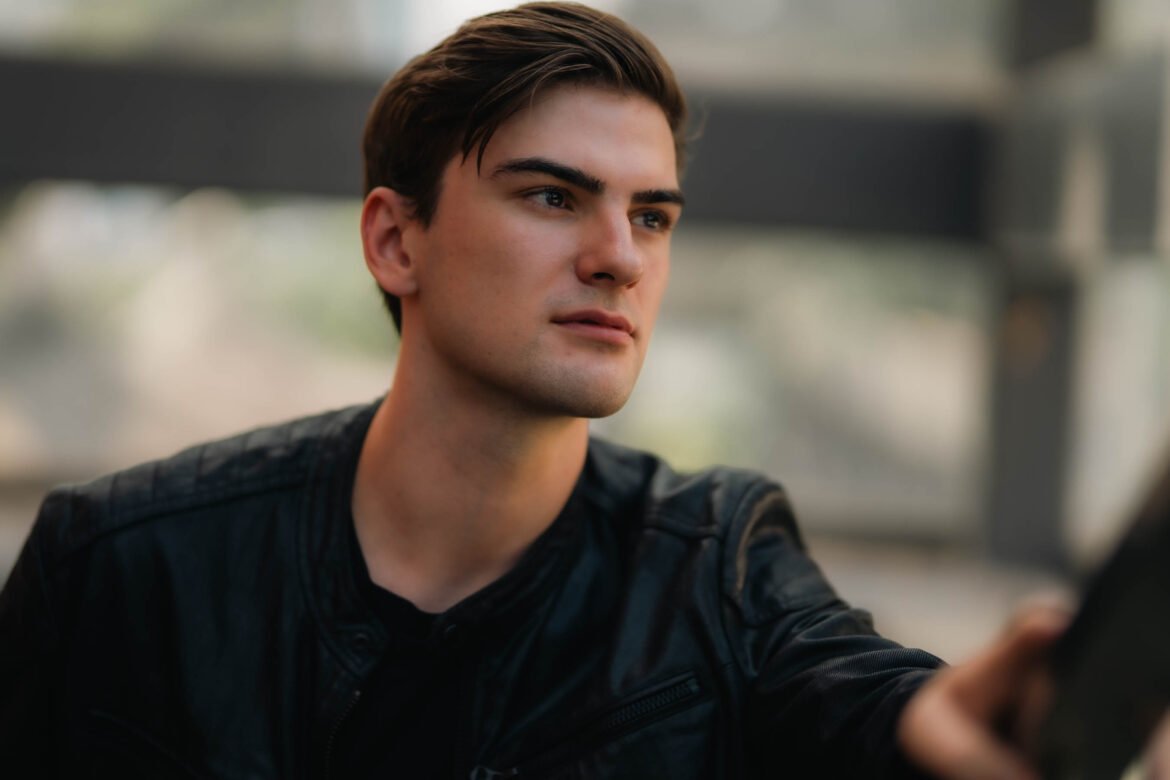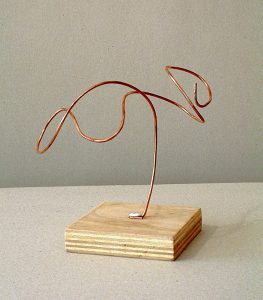
Introduction
William Alexander, also known as Bill Alexander, was a German painter, art teacher, and television broadcaster. He was born Wilhelm Alexander and passed away on January 24, 1997. He co-wrote The Art of Bill Alexander and created and hosted The Magic of Oil Painting from 1974 to 1982. (1987–95). Also, he taught Bob Ross his preferred “fast” wet-on-wet method.
Early Life
East Prussia is where Wilhelm Alexander was born. During World War I, his family escaped to Berlin. Alexander, who had been an apprentice carriage manufacturer, was enlisted in the Wehrmacht during World War Two. He was captured by Allied forces and painted pictures of the spouses of Allied officers before making his way to the United States.
Alexander fled the war as a refugee and later established himself as a painter. He immigrated to North America and invented the modern “quick” adaptation of the wet-on-wet method from the fifteenth century.
His TV Show
Later on, under the stage name Bill Alexander, he started hosting television programmes about painting instruction and his techniques. His most well-known work is The Magic of Oil Painting, a television series that aired on PBS in the US from 1974 to 1982. He collaborated with various artists on a variety of PBS programmes, including the 1984–1992 run of The Art of Bill Alexander and. Beginning with Lowell Speers, these artists also included Robert Warren, Sharon Perkins, and Diane André. Using the wet-on-wet technique, Alexander and the second featured artist would switch episodes. This television series was adapted into a run of “as seen on television” books.
The Alexander Method

Bill started creating the “Alexander Method” when he was in Toronto. He wasn’t making much money from his paintings, and they took too long to complete. The main challenge was getting each paint layer to dry quickly enough for him to continue. He was aware that he either needed to find a means to increase his productivity or find another career.
Bill begins with making a huge easel. He believed that every aspect of his paintings needed to be enormous. Then he began painting on large canvases and palettes using large brushes. Also, Bill used a method that has been used for more than 500 years. The technique known as “Alla prima” or “wet-on-wet painting” enables the artist to apply multiple coats of paint. Bill developed the method even further.
His Innovations
This technique was imitated by other painters, but only one has made improvements to it in the previous few years. By his inventions, Bill was able to paint more quickly both in his studio and during his demonstrations. He will soon be employing the same method to produce the amazing graphics for his television programme. Finally, Bill was able to make what he referred to as “a happy buck” by selling his paintings.
Before applying any other colours, Bill’s first original idea was to cover the canvas with a thin coat of white paint. Instead of using a palette, he could now blend colours directly on the canvas. This blending was simple thanks to the broad brush and the bigger canvas. He gave this particular paint the name “Magic” white.
His second invention was the reintroduction of thick paints. The Old Masters employed a technique known as “Impasto” with thick pigments. Bill switched between thin, thick, and thin again in his layering. On the canvas, he applied three coats of paint. He could only do that with a thick paint.
His distinctive palette knife was his third invention. He initially moulded an ordinary putty knife on a bench grinder to serve as his palette knife for his trainees. The ability to apply both heavy and light coats of paint to the canvas was greatly enhanced by the use of a combination of a short and longer blade.
His Legacy and Influence
Bill was motivated to develop a studio and establish his own art school by his success as a teacher. He had a diverse group of students, including doctors, housewives, industrial employees, and even dentists and lawyers. Weekend classes would begin early in the morning and last until late into the night. Bill created a teaching method where he would complete a painting in front of the class before having them try it themselves. Instead of lecturing, he would move about the classroom assisting each student in the role of a coach or mentor. Also, he recognised outstanding students and urged them to assist their classmates. Everyone gained from the student’s empowerment as a result of the recognition.
He also influenced one of the most famous painter Bob Ross with the “Alexander Method” as he was Bill’s students before he started his own TV show too. But as Bob Ross popularity grew, Bill felt he was betrayed and felt like Bob was copying his signature painting method.





Leave a Reply